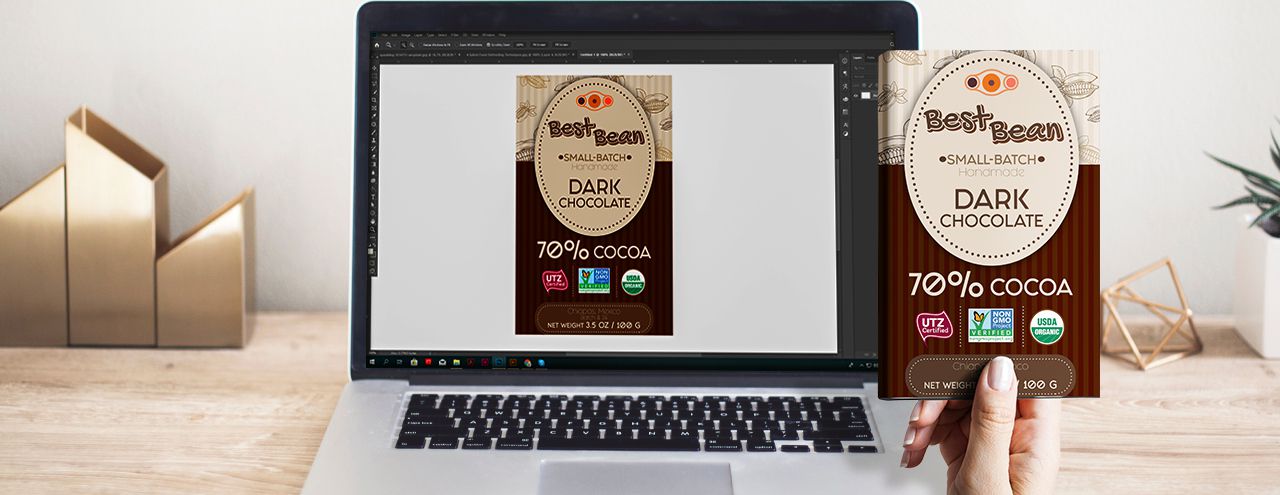Everything we see is in color, at least during the day. That’s because certain cells in our eyes perceive light that reflects off each object as color.
There are three size intervals of wavelengths of light that our eyes will perceive either as red, blue or green. Of course, we also see a whole array of other colors, but they are the result of “mixing” these three basic colors or seeing them in varying intensity.
RGB Color System
People take for granted that all colors are simply there. On the contrary. People in industries where color needs to be made, such as publishing and digital, know how difficult or even impossible it is to create certain colors.
The digital industry uses a color model called RGB to create pages we see on screen. RGB stands for Red, Green, and Blue. Each screen is made up of a large number of pixels (the more pixels, the clearer the picture), and each pixel consists of three subpixels – red, green and blue.
Each subpixel is set to a certain degree of intensity so that each variation results in a new color. For example, if full-intensity red and green mix, you’ll see the color yellow.
This color model is called “additive” because when the three subpixels mix, they make up the color white.
CMYK Color System
CMYK is a color model that is used in the publishing industry. It stands for Cyan, Magenta, Yellow, and Key (Key is Black). This is a subtractive color model because the color white is created by subtracting colors.
The CMYK process works as follows: a usually white paper is put through a printing press that uses these basic colors, and each layer of color is added to the paper to a certain degree. Depending on the degree to which each color is impressed on each spot on the page, different colors will appear.
Why Are Both of These Color Systems Used?
Because of the nature of light on screen and on objects printed with ink, people have to use different color systems to be able to present all, or at least most of the colors that exist.
Basic colors that mix to create other colors on screen are red, blue and green. However, if you’re a painter, you have different information regarding basic colors. For painters who use tempera, oil paints, and other similar material, the basic colors are yellow, red and blue. That’s because these three colors are the only ones in nature that cannot be derived by mixing other colors.
Similarly, the color orange is derived differently in nature and differently in light (on screen).
For that reason, it is very important for anyone working in the publishing, printing, digital/online or similar industry to know at least the basics of RGB and CMYK systems. Big mistakes can result from not being familiar with these processes.
For example, designers should know that when working on their computer on a design that will be printed, they are viewing the CMYK model in RGB colors, which means that the final product will not be the same when printed. The colors can vastly differ.
A word of advice is to always print a sample of the final design for evaluation before sending it to the press to print large quantities.
What Do RGB and CMYK Have to Do with Labels?
We’ve finally made it to labels, the main reason we are discussing different color models. When creating product labels, it is very important to pay attention to colors and design, because it will have a huge impact on the buyers’ decision whether to purchase the product.
Obviously, label designers will use the CMYK color system when creating labels, but they’ll view them in RGB on their computer, so it’s important to see the final design in print version.
Sometimes people want to see unusual or difficult-to-acquire colors on their labels, such as silver, bronze, gold. There are ways to achieve that using special finishing techniques, and that’s where experienced, professional label printers can really help.
If you’re curious to learn more about different finishing options for special-looking labels, or if there’s anything about RGB and CMYK that still puzzles you, please leave a comment below.

